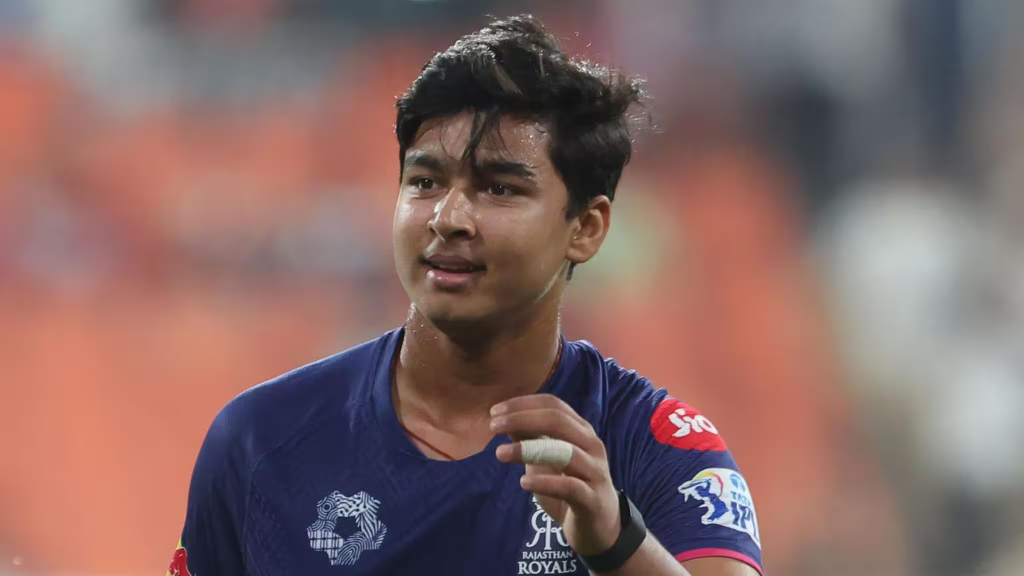Vaibhav Suryavanshi Controversy Triggers BCCI’s New Rule to Tackle Age Fraud in Indian Cricket
 Sayuri Yuki
Sayuri YukiBCCI’s strict move follows fresh age fraud allegations against IPL 2025 sensation Vaibhav Suryavanshi, sparking renewed scrutiny in junior cricket.
BCCI Tightens Age Verification Amid Vaibhav Suryavanshi Controversy

In a decisive step to curb age fraud in junior cricket, the Board of Control for Cricket in India (BCCI) has announced an additional round of bone tests for young players. The move comes in the wake of renewed controversy surrounding IPL 2025 breakout star Vaibhav Suryavanshi, who was accused of age manipulation.
Suryavanshi, the Rajasthan Royals sensation, made headlines after being signed for ₹1.1 crore at just 13 years and 288 days old, making him the youngest IPL signee in history. However, soon after the auction, doubts were raised about his true age, with claims suggesting he was 15 at the time of the deal.
Responding to the allegations, Vaibhav’s father, Sanjiv Suryavanshi, told PTI, “When Vaibhav was 8 and a half years old, he first appeared for a BCCI bone test. He has already played India U-19. We don’t fear anyone. He can undergo another test if needed.” The issue resurfaced after Vaibhav’s record-breaking IPL century and a viral video in which he allegedly mentioned a different birthdate—though its authenticity remains unconfirmed.
What is BCCI’s new rule?

In a major shift to ensure fairness in junior cricket, the BCCI has revised its age verification process, particularly targeting U-16 players. Previously, age eligibility was determined using the TW3 bone test method, followed by the addition of a fixed “1 factor” to estimate a player’s age for the following season. However, the new regulation introduces a safeguard—an additional bone test in the subsequent season if a player is disqualified solely due to the “1 factor.”
Under the updated policy, a male cricketer must have a bone age of 16.4 or below, and a female cricketer 14.9 or below, to qualify for U-16 cricket. For example, if a male player’s bone age is recorded at 15.4 during the 2025/26 season, the added 1 factor would make him eligible in 2026/27 without the need for re-testing. However, if the 1 factor renders him ineligible, he will now be allowed to undergo a fresh bone test the next year to determine his true eligibility.
This change aims to prevent promising young talents from being unfairly disqualified due to rigid arithmetic calculations that may not align with actual biological growth.
Sign up fast for e2bet77 now and claim your free bonus with your first registration!
Subscribe to my newsletter
Read articles from Sayuri Yuki directly inside your inbox. Subscribe to the newsletter, and don't miss out.
Written by
